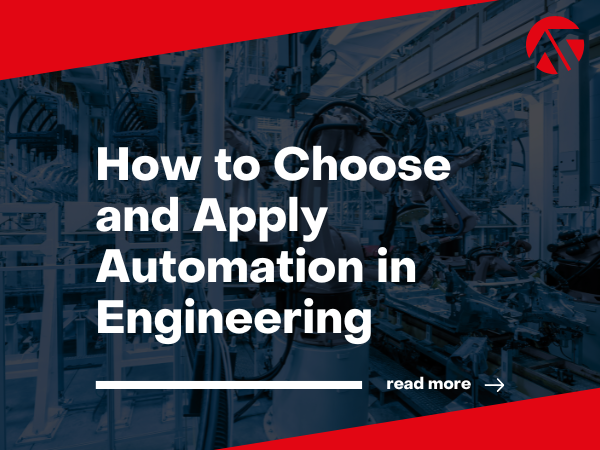At ALPHR, we understand that choosing and applying automation is not just about adding machines to a process, it’s about thinking differently. True engineering success comes from selecting the right processes to automate, designing with automation in mind, and building systems that improve every aspect of manufacturing performance.
Start with a Clear Map of Your Processes
The first step towards effective automation is understanding where you are now. Mapping out your current manufacturing processes, including all the interfaces and handoffs between stages, is essential.
It’s often these interfaces where delays, mistakes, and inconsistencies creep in. By taking the time to value stream map your production, you’ll spot where automation can make the biggest improvements, whether that’s speeding up repetitive tasks, reducing errors, or freeing up staff for higher-value work.
Don’t try to automate everything at once. Start with the areas where you can deliver fast wins, build momentum, and prove the benefits across your business.
Understand the Process Before You Automate It
Good automation doesn’t just copy manual processes, it rethinks them. Before looking into technology choices, take a step back and ask some key questions:
- Is this process already efficient, or could it be improved before automating?
- Can we combine steps to simplify the workflow?
- Are we making it easy for robots and machines to succeed?
For instance, if you’re using robotic pickers, think about the design of the parts they’ll handle. Robots don’t have the same dexterity as human hands. A small adjustment to part design, or choosing the right gripper, vacuum, or magnet, can make the difference between success and frustration.
When you’re considering movement within an automated cell, simpler is always better. The fewer moves a part needs to make, the faster and more reliable the whole system will be.
Redesign for Automation, Not Around It
Sometimes, improving a process means redesigning it altogether. You might find that re-engineering a product, making it easier to assemble, inspect, or move, saves huge amounts of time and cost when automated.
For example, if your product needs vision inspection, think early about how it will be scanned. Some barcodes or labels are hard for machines to read. Designing parts to be vision-friendly, with good alignment and easy access, will avoid future headaches and increase inspection speed and reliability.
It’s not just about making existing steps faster. It’s about building smarter, more efficient processes from the ground up.
Build with Flexibility in Mind
Standard commercial parts are great for many applications. But if they’re not designed for automation, they can slow you down. When you’re automating, it’s worth checking if alternative parts or packaging designs could make things easier.
Flexible automation means thinking ahead:
- Can one robot or cell handle different product variants with minimal changeover?
- Is the packaging consistent enough for automated picking and packing?
- Are components easy for sensors and cameras to inspect without extra manual intervention?
The more flexibility you build into your automated systems, the longer they’ll serve your business and the easier it will be to adapt when your production needs evolve.
The Engineering Benefits
Following a structured approach to automation delivers real engineering benefits:
- Improved efficiency with faster cycle times, fewer mistakes, and smoother production flow
- Better quality through consistent assembly, inspection, and testing
- Enhanced traceability, enabling full tracking across the manufacturing process
- Proactive maintenance with smarter diagnostics and predictive fault detection
When automation is applied thoughtfully, it doesn’t just improve isolated tasks. It transforms the whole production environment into something more reliable, flexible, and competitive.
Building a Smarter Future with Automation
At ALPHR, we believe that automation should always start with strong engineering foundations. By mapping, evaluating, and redesigning processes where necessary, we help businesses create automation strategies that deliver lasting performance improvements, not just quick fixes. If you’re ready to rethink your production and make smarter automation decisions, we’re ready to help you build the roadmap.


